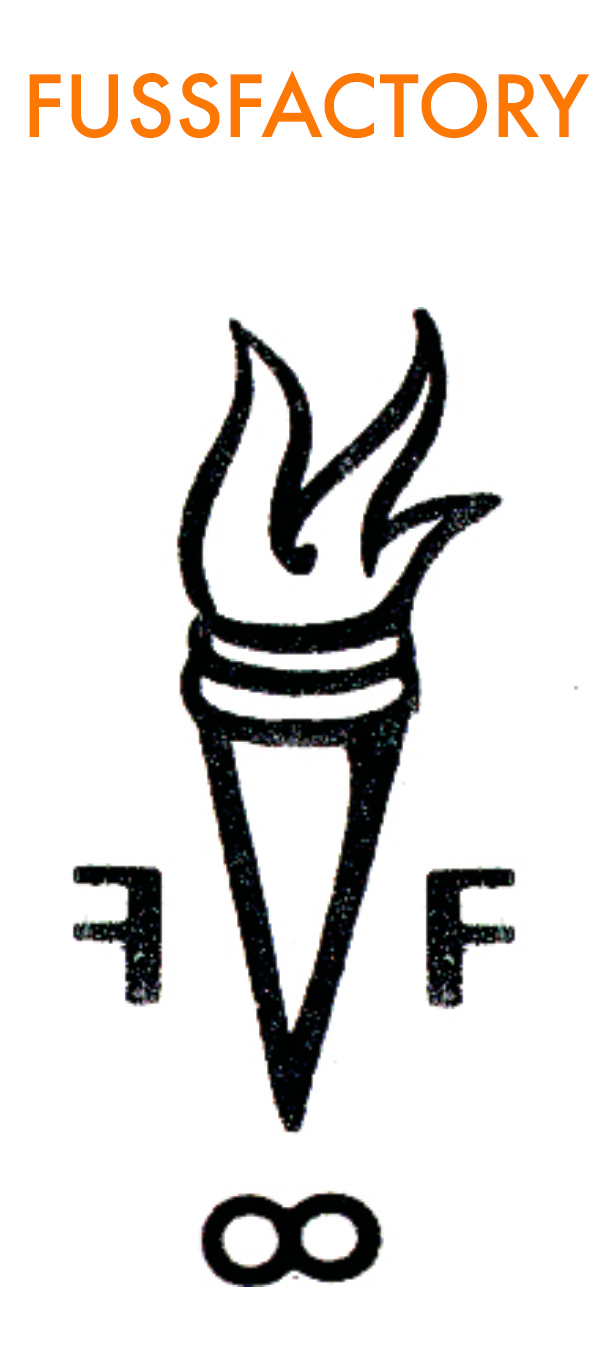#sparkchamber 041524 — Leonardo da Vinci
When we think of genius in any category — artist, sculptor, engineer, architect, scientist, theorist, inventor — a name at the top of any list is Leonardo da Vinci whose birthday #sparkchamber celebrates today.
The illegitimate son of a 25-year-old notary, Ser Piero, and a peasant girl, Caterina, Leonardo was born on April 15, 1452, in Vinci, Italy, just outside Florence. His father took custody of him shortly after his birth.
Growing up in his father’s Vinci home, Leonardo had access to scholarly texts owned by family and friends. He was also exposed to Vinci’s long-standing painting tradition, and when he was about 15 his father apprenticed him to the renowned workshop of Andrea del Verrochio in Florence. Even as an apprentice, Leonardo demonstrated his great talent. Indeed, his genius seems to appear in a number of pieces produced by the Verrocchio’s workshop from the period 1470 to 1475. For example, one of Leonardo’s first big breaks was to paint an angel in Verrochio’s “Baptism of Christ,” and Leonardo was so much better than his master’s that Verrochio allegedly resolved never to paint again. Leonardo stayed in the Verrocchio workshop until 1477.
Seeking to make a living, and new challenges, he entered the service of the Duke of Milan in 1482, abandoning his first commission in Florence, “The Adoration of the Magi.” He spent 17 years in Milan, leaving only after Duke Ludovico Sforza’s fall from power in 1499. It was during these years that Leonardo reached new heights of scientific and artistic achievement.
The Duke kept Leonardo busy painting and sculpting and designing elaborate court festivals, but he also had Leonardo design weapons, buildings, and machinery. From 1485 to 1490, Leonardo produced studies on many subjects, including nature, flying machines, geometry, mechanics, municipal construction, canals and architecture [designing everything from churches to fortresses]. His studies from this period contain designs for advanced weapons, including a tank and other war vehicles, various combat devices, and even submarines. Also during this period, Leonardo produced his first anatomical studies. His Milan workshop was abuzz with apprentices and students.
Unfortunately, Leonardo’s interests were so broad, and he was so often compelled by new subjects, that he usually left projects unfinished. As a result, he only completed about six works in these 17 years, including “The Last Supper” and “The Virgin on the Rocks,” leaving dozens of paintings and projects unfinished or unrealized. He spent most of his time studying science, either by going out into nature and observing things or by locking himself away in his workshop cutting up bodies or pondering universal truths.
Between 1490 and 1495 he developed his habit of recording his studies in meticulously illustrated notebooks. His work covered four main themes: painting, architecture, the elements of mechanics, and human anatomy. These studies and sketches were collected into various codices and manuscripts, which are now collected by museums and individuals [Bill Gates once paid $30 million for the Codex Leicester.]
Back to Milan — after Ludovico Sforza’s fall from power in 1499 — Leonardo searched for a new patron. Over the next 16 years, Leonardo worked and traveled throughout Italy for a number of employers, including the infamous Cesare Borgia. He traveled for a year with Borgia’s army as a military engineer and even met Niccolo Machiavelli, author of “The Prince.” Leonardo designed a bridge to span the “golden horn” in Constantinople during this period and received a commission, with the help of Machiavelli, to paint the “Battle of Anghiari.”
About 1503, Leonardo reportedly began work on the “Mona Lisa.” From 1513 to 1516, he worked in Rome, maintaining a workshop and undertaking a variety of projects for the Pope. He continued his studies of human anatomy and physiology, but the Pope forbade him from dissecting cadavers, limiting his progress.
Following the death of his patron Giuliano de’ Medici in March of 1516, he was offered the title of Premier Painter and Engineer and Architect of the King by Francis I in France. His last and perhaps most generous patron, Francis I provided Leonardo with a stipend and manor house near the royal chateau at Amboise.
Although suffering from a paralysis of the right hand, Leonardo [who wrote with his left hand] was still able to draw and teach. He produced studies for the Virgin Mary from “The Virgin and Child with St. Anne,” studies of cats, horses, dragons, St. George, anatomical studies, studies on the nature of water, drawings of the Deluge, and of various machines.
Leonardo died on May 2, 1519 in Cloux, France. Legend has it that King Francis was at his side when he died, cradling Leonardo’s head in his arms.
1.] Where do ideas come from?
The beginnings and ends of shadow lie between the light and darkness and may be infinitely diminished and infinitely increased. Shadow is the means by which bodies display their form. The forms of bodies could not be understood in detail but for shadow.
2.] What is the itch you are scratching?
Simplicity is the ultimate sophistication.
3.] Early bird or night owl? Tortoise or hare?
It had long since come to my attention that people of accomplishment rarely sat back and let things happen to them. They went out and happened to things.
4.] How do you know when you are done?
A beautiful body perishes, but a work of art dies not.



